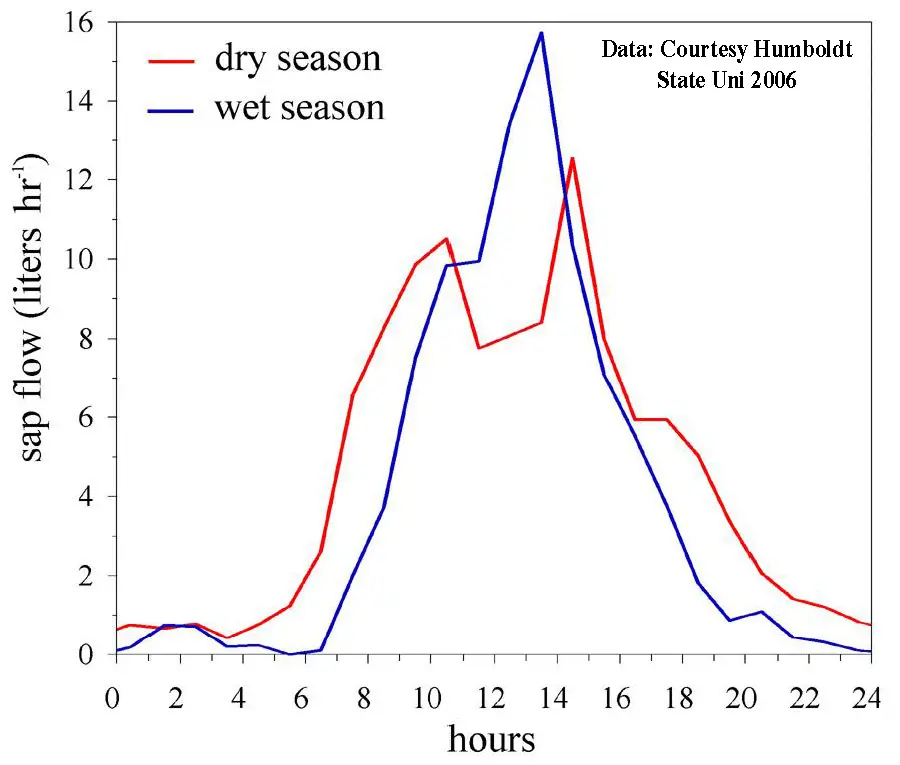Measuring Sap flow in the Worlds Tallest Trees with the Heat Ratio Method
OVERVIEW
PRODUCTS
LOCATION
About the research
The Redwood (Sequoia sempervirens), is native to the central and northern California coast, a region of moderate to heavy winter rain and summer fog that is so vital to this tree.
Anthony Ambrose (University of California, Berkely) and Stephen C. Sillett (Humboldt State University, California) study the ecology of tall trees and the forests they create and has studied the ecology of Coastal Redwoods. Coastal Redwood is an important ecological and economic resource; the timber has good decay, insect and fire resistance. The research has been published as “Effects of height on treetop transpiration and stomatal conductance in coast redwood (Sequoia sempervirens)” and can be found here.
Sensor Solutions
Gathering sap flow and environmental meteorological data from Sequoia sempervirens specimens enabled the study of biophysical limits to tree height. The method involved installing data logging field stations in 15 specimens of Sequoia sempervirens. Sensor clusters were placed at 3 heights on each tree: near the crown, bottom of crown and at the base of the tree.
Environmental conditions
- All systems continuously monitored:
- relative humidity (RH, %),
- air temperature (Ta, °C),
- wind speed (u, m s−1),
- photosynthetically active radiation (PAR, μmol m−2 s−1) and
- leaf wetness (LW, %)
- Six systems also logged total treetop rain (mm), every 30 min
- Soil volumetric water content with soil moisture probes laboratory-calibrated for the soils
Sap flow measurements
- Sap flow was continuously monitored in the main trunk near the top of each study tree using the Heat Ratio Method.
- Depending upon trunk diameter, two or three replicate HRM probesets were installed at approximately equal distances around the circumference of each trunk.
Results
Sapflow from November through February: Up to 1069 liters H2O transpired per day and up to 297 liters H2O absorbed by leaves per day
Observations
During periods of rain, a negative sapflow was observed.





